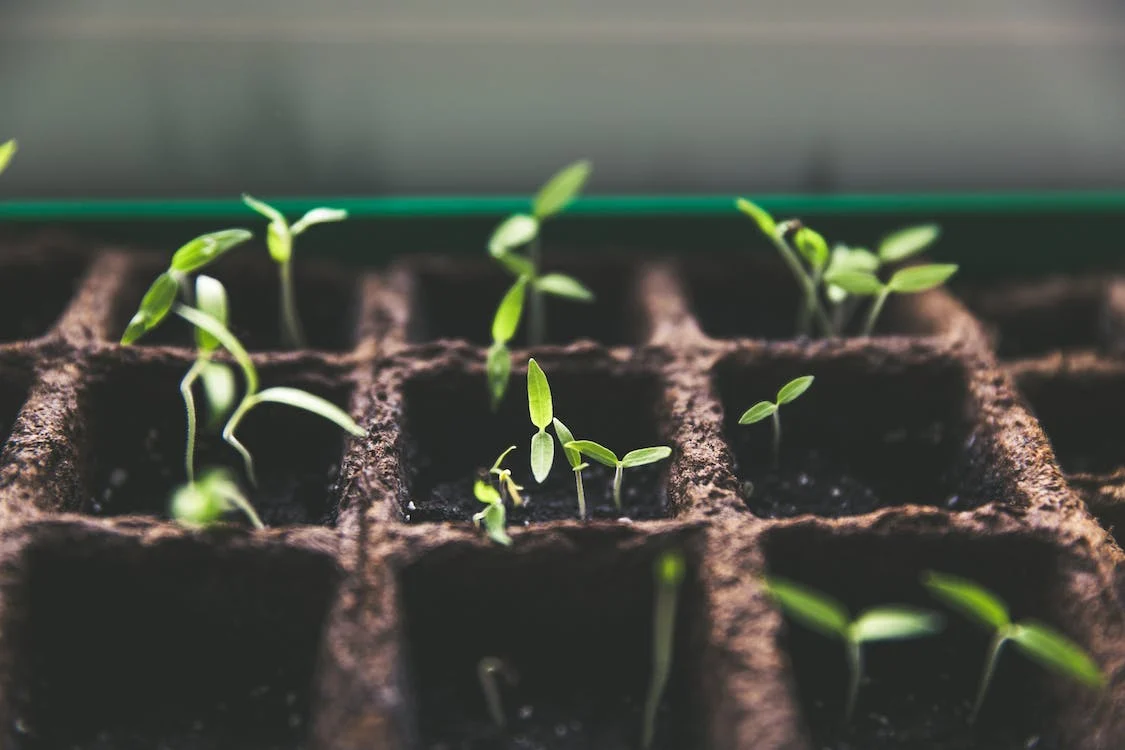Growing a successful garden takes time and effort, and if you're like many gardeners, you want to make the most of your hard work by saving seeds for next year's crop. Saving seeds is a great way to ensure the preservation of unique plant varieties and to save money by not having to purchase new seeds every year. In this post, we'll go over the steps needed to save seeds from your garden for next year's planting.
Choose the Right Plants
The first step in saving seeds is to choose the right plants. Not all plants produce seeds that can be saved and replanted, so it's important to know which plants are best for seed saving. Open-pollinated, heirloom, or non-hybrid plants are best suited for seed saving. These plants produce seeds that can be saved and replanted year after year. Hybrid plants, on the other hand, are a cross between two different varieties of plants and may not produce seeds that will be true to the original plant.
Allow Seeds to Fully Mature
Once you have chosen the right plants, it's important to allow the seeds to fully mature before harvesting them. This means letting the fruit or flower go through its full life cycle until it starts to dry up and turn brown. At this point, the seeds should be fully mature and ready for harvesting.

Harvest Seeds
Once the seeds have fully matured, it's time to harvest them. The process for harvesting seeds varies depending on the plant. For some plants, such as beans or peas, the seeds are easy to find and harvest. For other plants, such as tomatoes or peppers, the seeds are inside the fruit and require a bit more effort to extract. It's important to research the specific plant you are trying to harvest seeds from to determine the best method for harvesting the seeds.
Clean and Dry Seeds
After harvesting the seeds, it's important to clean and dry them properly. Remove any plant debris from the seeds and lay them out on a flat surface to dry. Be sure to keep the seeds out of direct sunlight and in a cool, dry place. Once the seeds are completely dry, store them in an airtight container, such as a glass jar or a plastic bag, until you're ready to use them.

Label and Store Seeds
When storing seeds, it's important to label them with the type of plant and the date they were harvested. This will make it easier to keep track of your seeds and ensure that you're using the oldest seeds first. Store the labeled seeds in a cool, dry place, such as a pantry or basement. Properly stored seeds can last for several years, allowing you to use them for future growing seasons.
Seed Saving Tips
- Start small: If you're new to seed saving, start with just a few plants to get the hang of the process.
- Keep seeds separate: If you're saving seeds from multiple plants, be sure to keep them separate and label them accordingly to avoid mixing up the different varieties.
- Rotate seeds: It's a good idea to rotate the seeds you save from year to year to help prevent disease and ensure genetic diversity.
Saving seeds from your garden is a rewarding and cost-effective way to ensure the success of your future gardening endeavors. By choosing the right plants, allowing the seeds to fully mature, harvesting them properly, cleaning and drying them, labeling and storing them, and following a few simple tips, you can save and replant your own seeds year after year.
Next Steps
If the time and labor involved in survival gardening is holding you back from growing your own food source, consider adopting the no-dig method. You could quickly improve your own health and that of your garden simultaneously. Ready to take the next steps? Get everything you need to help your survival garden flourish, from survival seeds to bat houses and tools.











